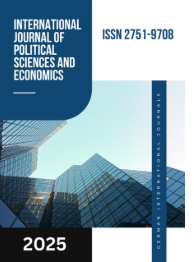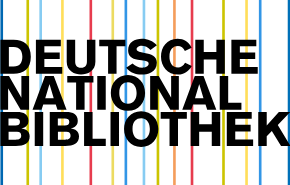ROLE IN INCREASING EMPLOYMENT
DOI:
https://doi.org/10.55640/Keywords:
employment growth, vocational education, labor market, skills mismatch, informal sector, youth unemployment, gender inclusion, policy reform, digital economy, sustainable development.Abstract
This article explores the multi-dimensional role of state policy, educational institutions, and private sector initiatives in increasing employment, with a specific focus on the case of Uzbekistan. Drawing on national statistics and international best practices, the study examines employment trends from 2020 to 2023 and identifies key drivers of job creation such as vocational education, entrepreneurship promotion, and digital economy development. The literature review highlights how technological innovation, gender inclusion, and skills alignment have become central to modern labor market strategies. The discussion section offers a critical analysis of the structural challenges facing Uzbekistan’s labor market, including informal employment, youth unemployment, and the mismatch between education and industry needs. Based on these findings, the article proposes a set of policy recommendations aimed at improving the quality, inclusiveness, and sustainability of employment in both urban and rural contexts. The research emphasizes the need for holistic, cross-sectoral coordination to ensure long-term employment growth in a transitioning economy.
References
1.Keynes, J.M. (1936). The General Theory of Employment, Interest, and Money. London: Macmillan.
2.Friedman, M. (1968). The Role of Monetary Policy. American Economic Review, 58(1), 1–17.
3.World Bank. (2020). World Development Report: Trading for Development in the Age of Global Value Chains. Washington, DC: World Bank Group.
4.International Labour Organization. (2023). World Employment and Social Outlook – Trends 2023. Geneva: ILO.
5.Acemoglu, D., & Restrepo, P. (2018). Artificial Intelligence, Automation, and Work. NBER Working Paper No. 24196.
6.Kabeer, N. (2012). Women’s Economic Empowerment and Inclusive Growth: Labour Markets and Enterprise Development. International Development Research Centre.
7.UN Women Uzbekistan. (2023). Gender Equality in the Labour Market: Statistical Review. Tashkent: UN Women Country Office.
8.Yuldasheva, D. (2022). Sectoral Analysis of Employment in Uzbekistan. Uzbekistan Economic Review, 3(12), 25–34.
9.Ministry of Employment and Poverty Reduction of Uzbekistan. (2023). Labor Market Indicators Report 2020–2023. Tashkent.
10.World Economic Forum. (2021). The Future of Jobs Report 2021. Geneva: WEF.
Downloads
Published
Issue
Section
License

This work is licensed under a Creative Commons Attribution 4.0 International License.
Authors retain the copyright of their manuscripts, and all Open Access articles are disseminated under the terms of the Creative Commons Attribution License 4.0 (CC-BY), which licenses unrestricted use, distribution, and reproduction in any medium, provided that the original work is appropriately cited. The use of general descriptive names, trade names, trademarks, and so forth in this publication, even if not specifically identified, does not imply that these names are not protected by the relevant laws and regulations.







